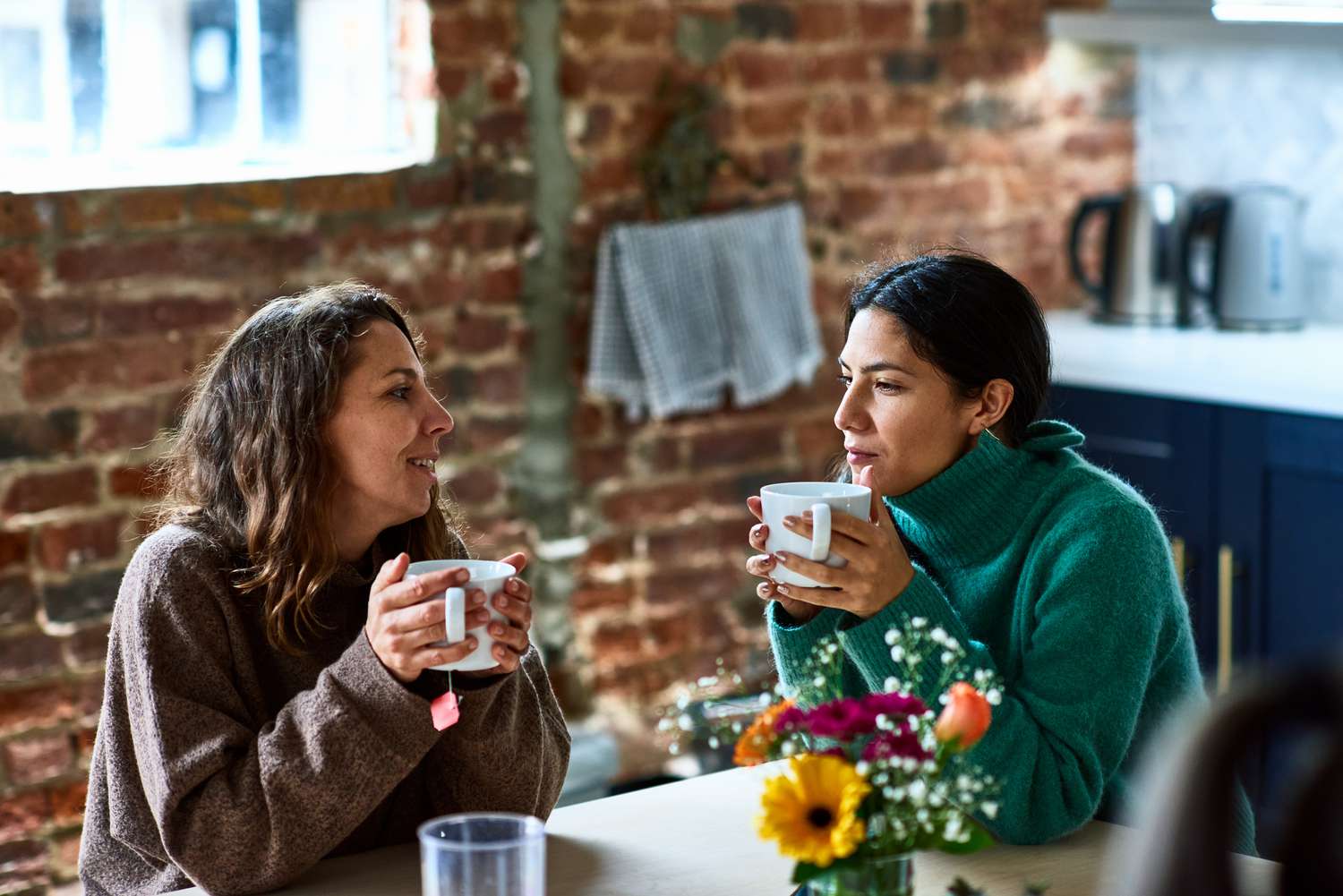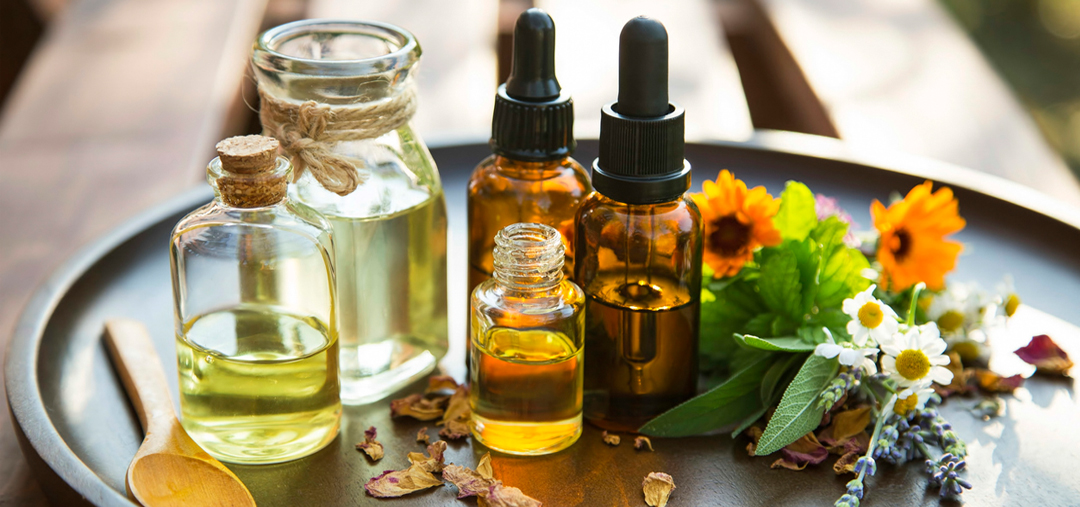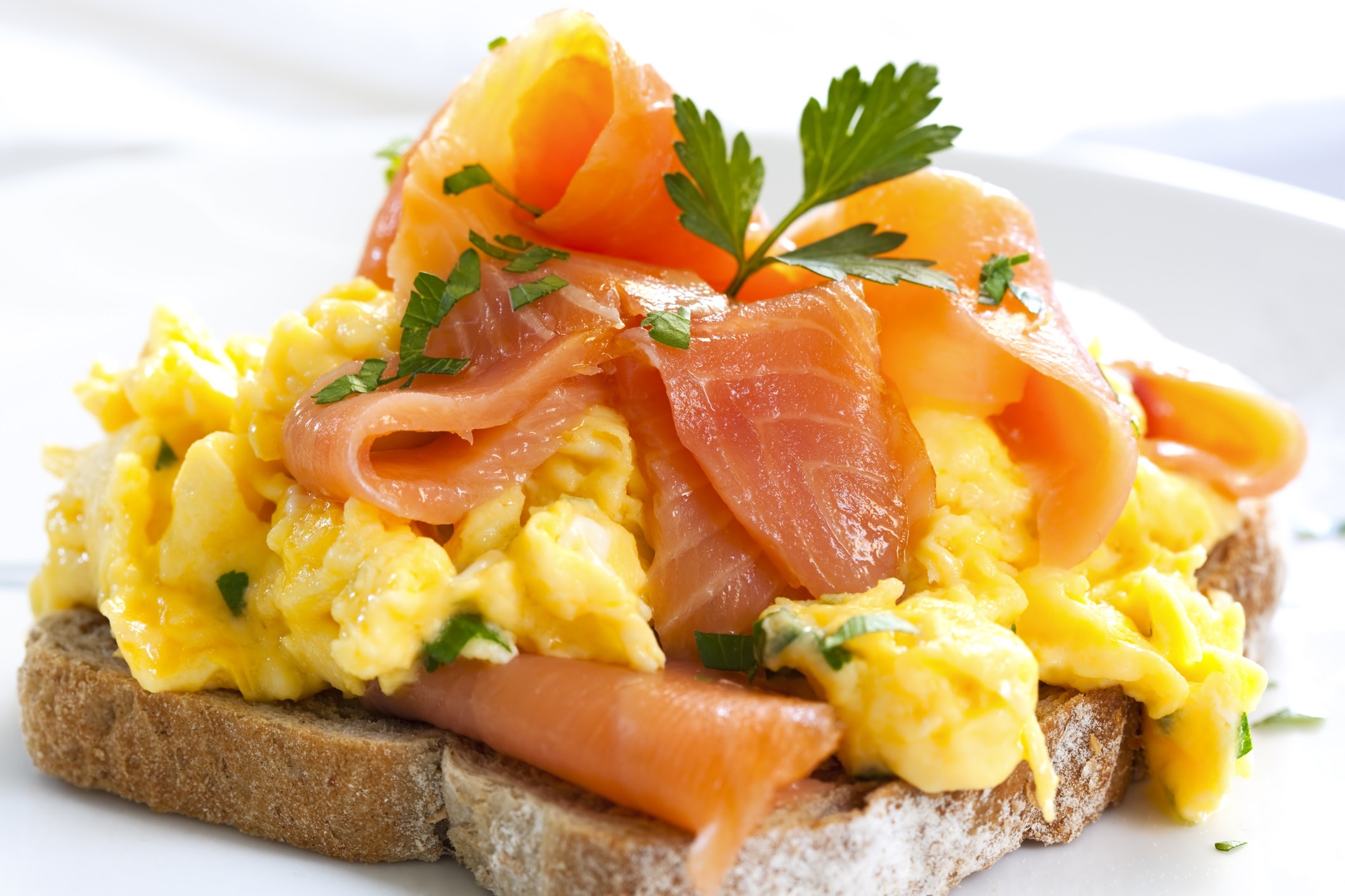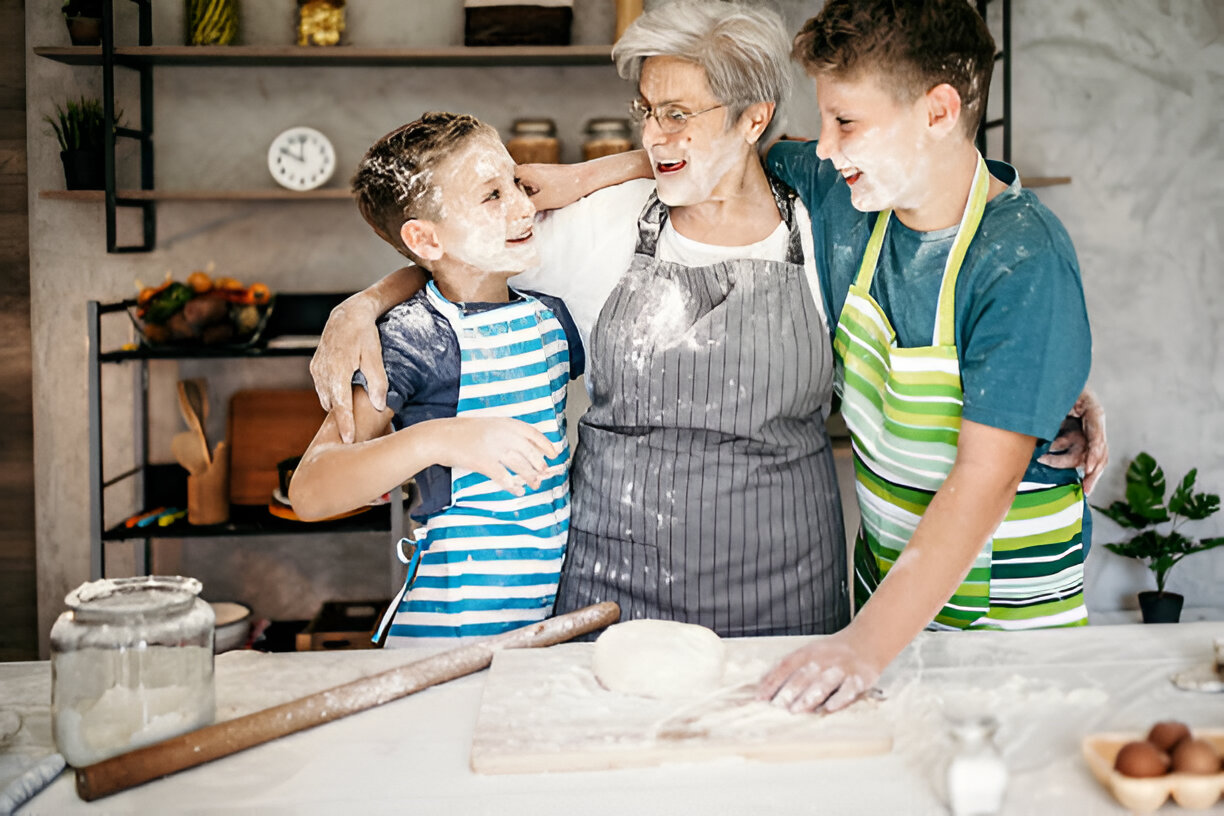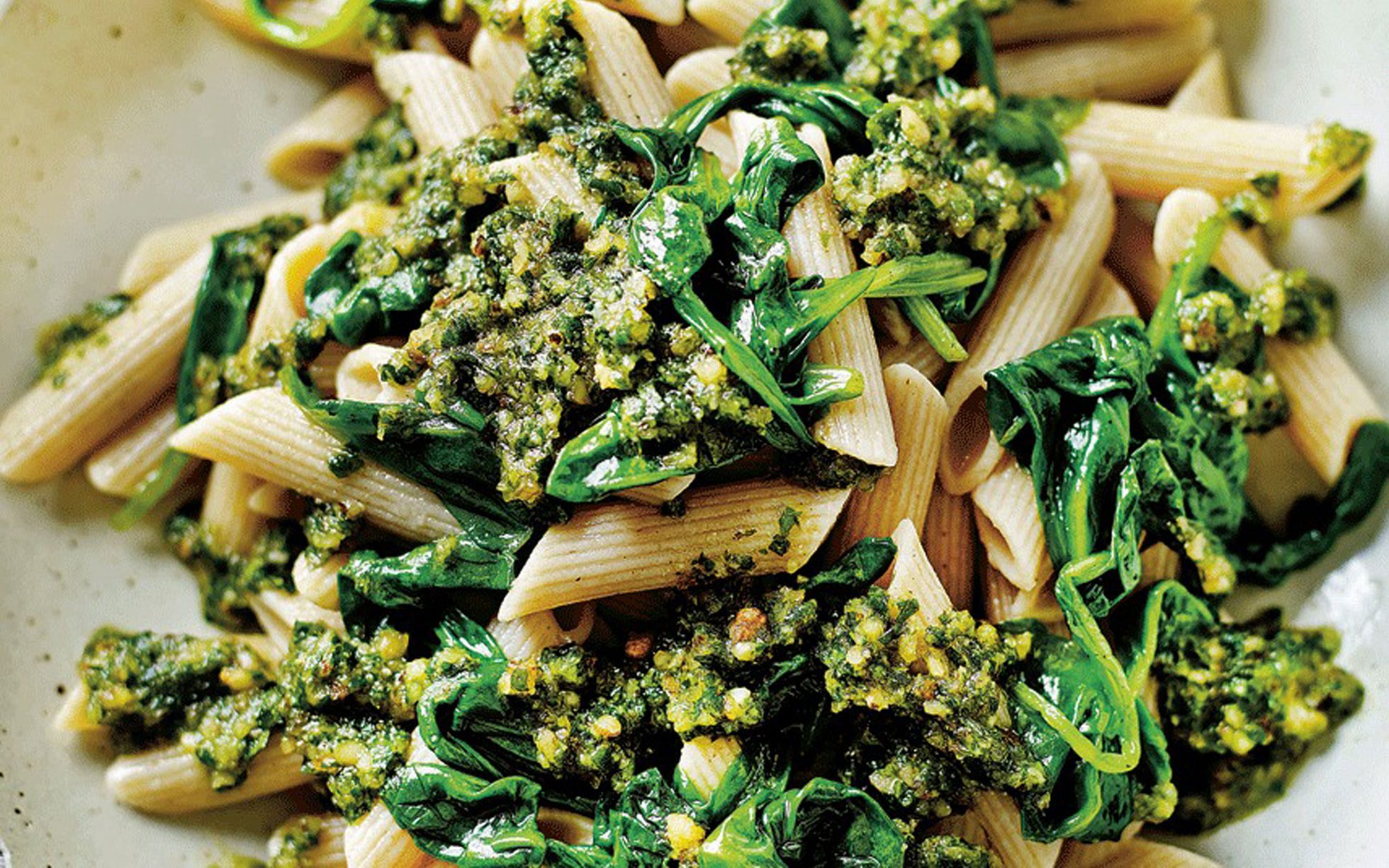
Modern science tells us one of the best cures for depression is good old-fashioned work with your hands. Here is one woman’s story, by Louisa Kamps. Unspeakably grimy yet smiling, I slip into bed beside my sleeping husband. I should be asleep too, but after tonight’s pottery class, my head and hands are still spinning. Moving my fingers in the dark, I form another bowl in my mind, raising the walls higher, and adding a delicate curve. I can’t wait to sink back into that voluptuous mud.
The Power of Pottery
Pottery has kept me clicking along, even during the Midwestern winters, which normally make me feel dull and down. And, as it happens, research suggests that when we immerse ourselves in activities involving planning, anticipation, and self-forgetting movement — such as gardening, crafting, or even engine tinkering (a pastime of the Dalai Lama, that all-star of equanimity) — we not only come back into the moment but also reduce stress and combat anxiety and depression.
Hands-on work satisfies our primal craving to create solid objects; it could also be an antidote to our cultural malaise, says neuroscientist Kelly Lambert, chair of the psychology department at Virginia’s Randolph-Macon College and author of “Lifting Depression.”
Lambert had a eureka moment while reading “Little House on the Prairie” to her daughter: Thinking of the contrast between her own push-button lifestyle and Ma Ingalls’s day-in, day-out labor, she realized that hard physical work producing palpable results might be a source of pleasure. Ma’s chores — collecting rainwater for baths, and sewing every article of clothing for her husband and children — were no laughing matter. And yet, Lambert came to think, as connected as those tasks were to the survival of Ma and Family, they were also probably quite rewarding.
Depression Then and Now
Major depression wasn’t officially categorized in the Diagnostic and Statistical Manual of Mental Disorders until 1980, so it’s hard to say exactly how widespread the condition was before then (or to what extent today’s high rates are due to better diagnoses or other factors, such as the decline of community).
Strikingly, though, multigenerational surveys have shown that people born later in the 20th century, after the dawn of modern conveniences, suffer more bouts of depression than those born before World War II. Studies have also found low rates of depression among members of Old Order Amish communities — one-fifth to one-tenth those of the general population. And so it occurred to Lambert that the Amish, who sew their own clothes, tap their own syrup, and drive handheld plows through dry furrows, could be getting a serious neurobiological lift from all of their effort.
Lambert studied data culled from MRI scans tracking human brain activation during different activities and conducted experiments in her own lab. (Among her discoveries: “Worker” rats trained to claw through cage bedding to find food showed greater boldness and persistence — hallmarks of mental health — than “trust fund” rats, which received food freely.)
As a result of her research, Lambert identified a network of geographically connected brain regions that appears to strongly influence well-being when activated by physical labor. This “effort-driven reward circuit,” as she calls it, includes areas involved with not only reward (the nucleus accumbens) but also emotion (the limbic system), movement (the striatum), and higher reasoning associated with anticipation, planning, and problem-solving (the prefrontal cortex).
In our contemporary age, when it’s possible to Tweet one’s deepest thoughts while waiting two minutes for dinner to warm in the microwave, this circuitry — encompassing a vast amount of “brain real estate,” as Lambert says — isn’t often called on to function in coordination and communication, as it seems evolutionarily designed to do. But when we activate our own effort-driven reward circuitry, it squirts a cocktail of feel-good neurotransmitters, including dopamine (the “reward chemical), endorphins (released with exercise), and serotonin (secreted during repetitive movement).
When we knit a scarf, for instance, Lambert says, the brain’s executive-thinking centers get busy planning, then the happy-anticipation zone begins to zing with activity, talking back to the executive top brain and reaching out to other parts that make us dive our hands into the action.
I take her point viscerally: That night as I lay in bed planning my next pot, I felt better in head and body — more peacefully certain I was on to something good and good for me — than I had in a long time.
“The irony is that some of these hobbies sound so simplistic,” Lambert says, yet the neurochemical chain of events they trigger is so much more sophisticated and involved” than popping an antidepressant, which often just targets a single neurotransmitter (such as serotonin). “It’s like taking mental-health vitamins, building up resilience — our ability to bounce back from hardship — by reminding our brains that we can have some impact on the world around us.”
Movement and Tangible Results
Neuroscientists have found that unchecked mental stress shrinks brain tissue, causing emotional and cognitive decline. Yet physical activity — particularly the kind that promotes cross-brain talking between executive planning centers and those governing motion — helps combat stress not just in the moment but also down the line by producing new, heartier brain cells.
If we’re just plonking away at a keyboard, a rote motion that doesn’t promote the kind of neurogenesis (aka new learning) that comes with trial and error, “we start to lose a sense of control, which creates anxiety,” Lambert explains. But when we repeatedly do things with our hands that have a tangible result, “we get better at them and we have more confidence.”
The movement also helps “break the cycle of rumination” that often characterizes female depression, according to Yale University psychologist Susan Nolen-Hoeksema, author of “The Power of Women.”
“We’ve found that doing a mentally absorbing task interrupts ruminations long enough for them to subside, and your thinking becomes more clear and less negative,” she says. “Then when you go back to your concerns, they seem less overwhelming and you’re better able to see some action you could take to overcome them.”
Harvard psychologist and painter Ellen Langer has another theory about why handicrafts are so gratifying: They promote a fine-grained, joyful observing that is hard to come by when life flies by at its usual breakneck clip. Langer, author of “On Becoming an Artist: Reinventing Yourself Through Mindful Creativity,” says that almost any creative activity presents an opportunity to “realize how much you’ve never noticed, which leads to more engagement, which leads to better health and well-being.” And when people let themselves explore their own innate creativity, the resulting mindfulness — which Langer defines as “noticing new things” — often branches out powerfully into other areas.
Finding Joy in a New Skill
Since I took up pottery, I’ve felt a bit like Dorothy, stumbling out of black and white into Technicolor Oz. Now I scrutinize every plate, picking it up to feel its heft, running my fingers over its glaze to see whether tiny specks of grit in the clay still pop through. My eyes are peeled everywhere — at museums, reading picture books to my son, even in grocery stores — looking for knockout color combinations I might one day want to paint on a pot.
For me, the joy is in the planning and execution; I’m never too worried about whether my artwork will hold water (literally). But plenty of would-be creators shy away from creating things, Langer says, because they’re held back by their fear of making mistakes and their false belief in absolutes (for instance, comparing the art of Picasso, Rubens, and Klee, as if in a field as subjective as painting there could be a single superstar).
But when people can tap into some new realm by returning to a beginner’s mind, thinking, “Gee, I didn’t realize how little I knew about this. Maybe I don’t know nearly as much as I thought about other things as well,'” it becomes easier, she says, “to develop a healthier respect for uncertainty — and the whole game changes.”
At the studio, poised with brushes dripping with glaze, my friend Georgia and I often talk about our projects, why we’ve decided to paint a blue rabbit on one bowl or New Wave glaze splashes on another.
Then others will join in — the sober guy making small clay mice, the hippie chick carving a naked woman to hang beside her friend’s hot tub. These conversations have made my year, reminding me that really just about anyone you pass on the street has a story, and her own deep, uniquely creative talents.
As Georgia, a commercial artist paid to work to somebody else’s specs, said recently, “I’m surprised that more people don’t take up new hobbies, bake weird birthday cakes. There’s so much to learn from the unknown — realizing that often there’s no such thing as right or wrong in anything you do.” I couldn’t agree more.
Help for the Uncrafty
Craft-challenged? We’ve got a hobby for you. Start here if you’re…
Afraid of Mistakes
Counted cross-stitch: You make Xs through openings in the fabric weave, so the pattern is easy to follow — or pick out rogue stitches.
Paint by numbers: Check out “Real Art! The Paint by Number Book & Kit,” by Douglas Brenner ($31).
Naturally Messy
Hand-building pottery: No wheel involved (but you do need a kiln, so try a beginner’s class).
Finger painting: If you think it’s unsophisticated, see artist Mary Ann Brandt’s work.
Kind of “Uncoordinated”
Rubber-stamping or paper-punching: Create original art just by lowering and lifting your hand!
Martha Stewart’s “Encyclopedia of Sewing and Fabric Crafts” is full of attainable (we swear) inspiration.





